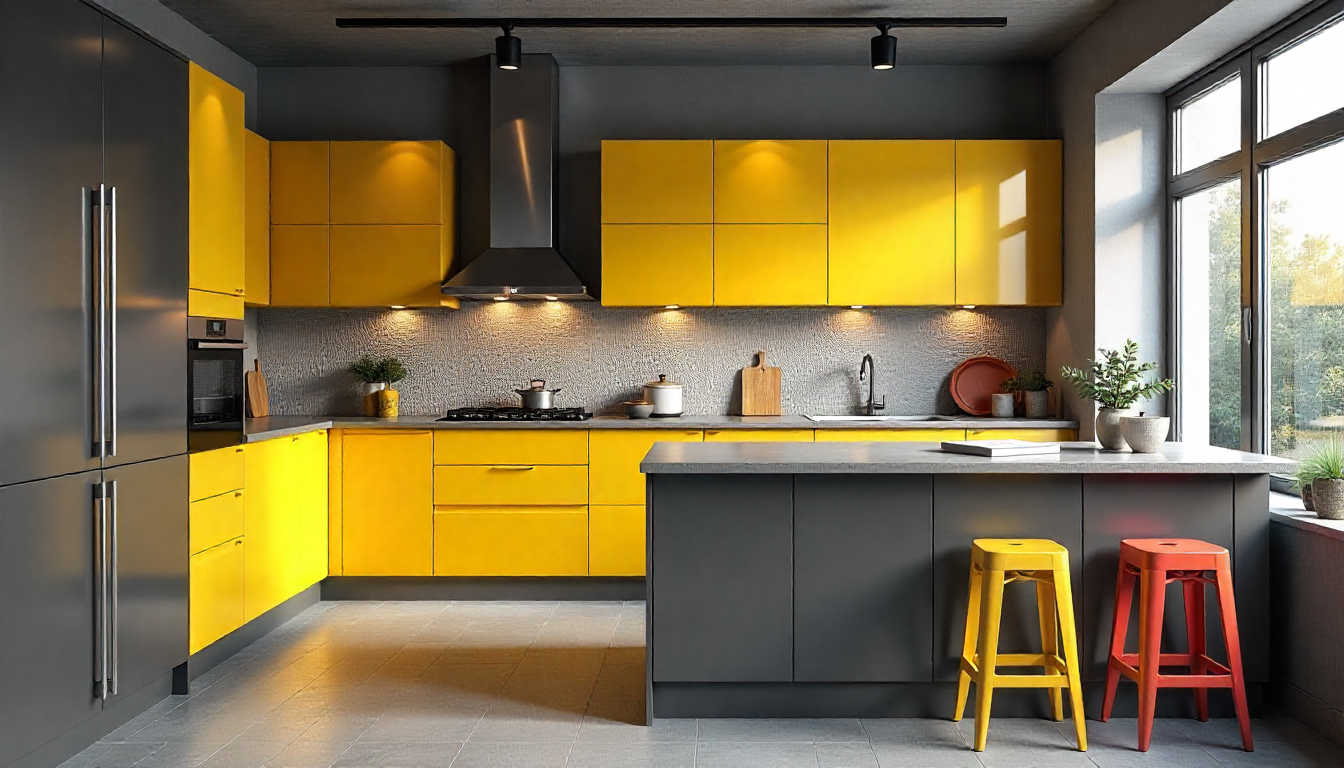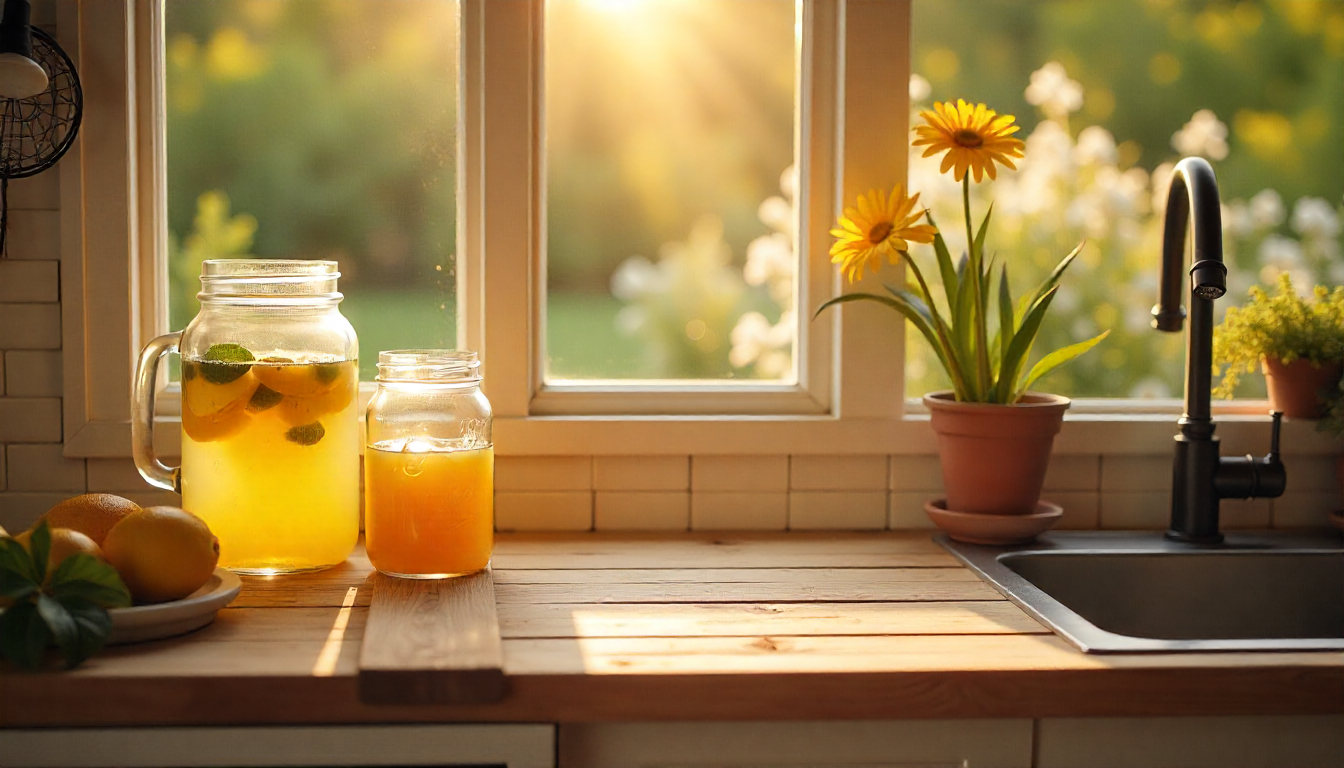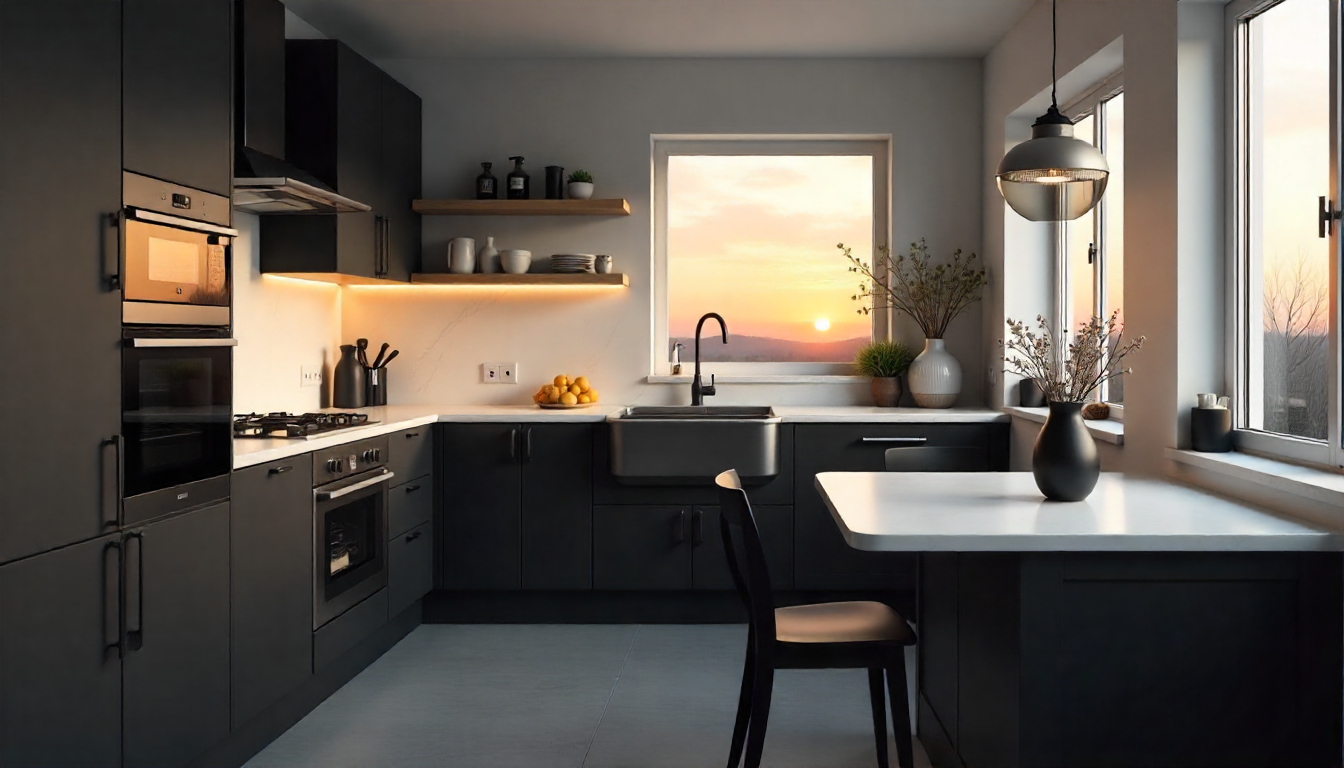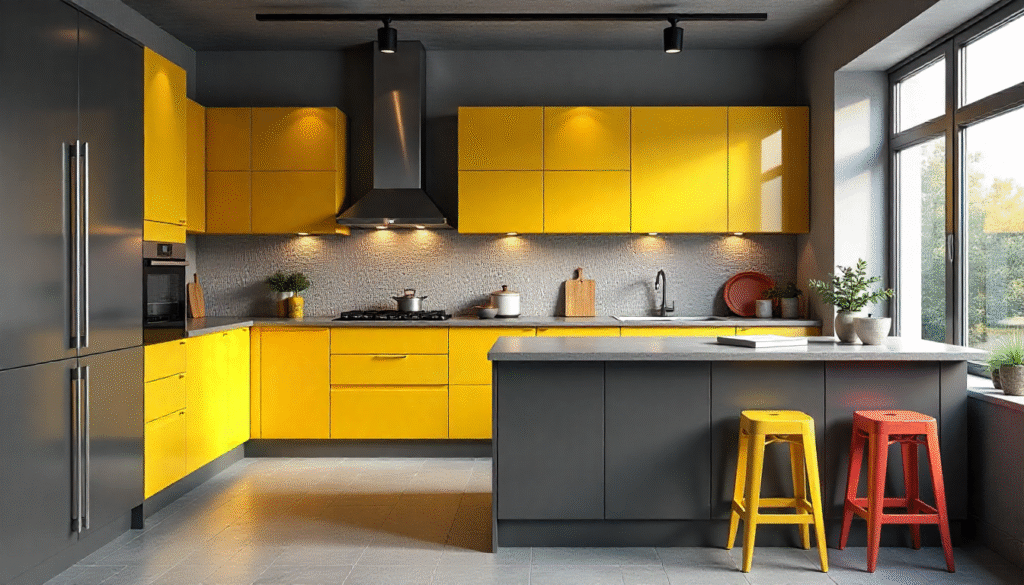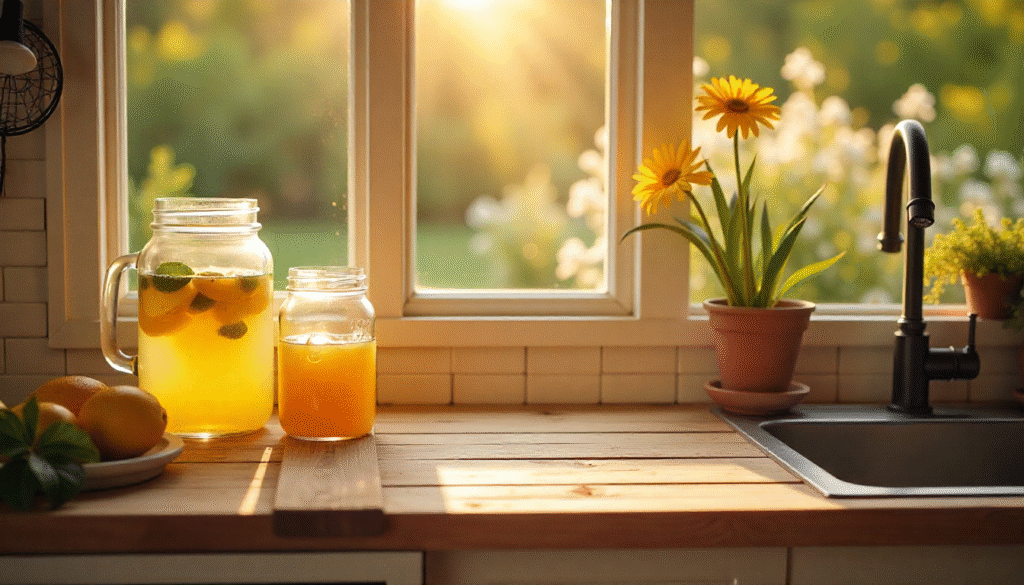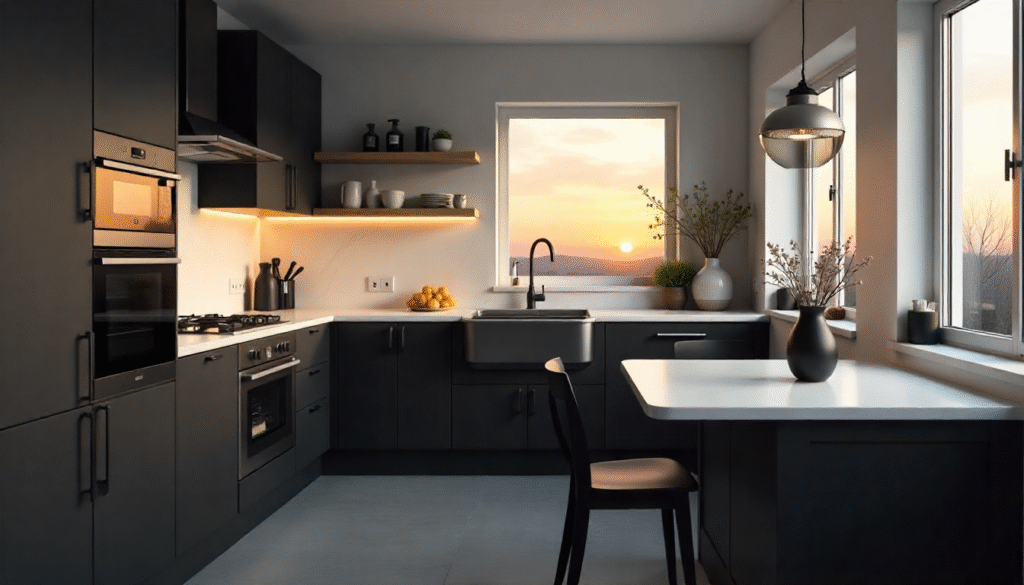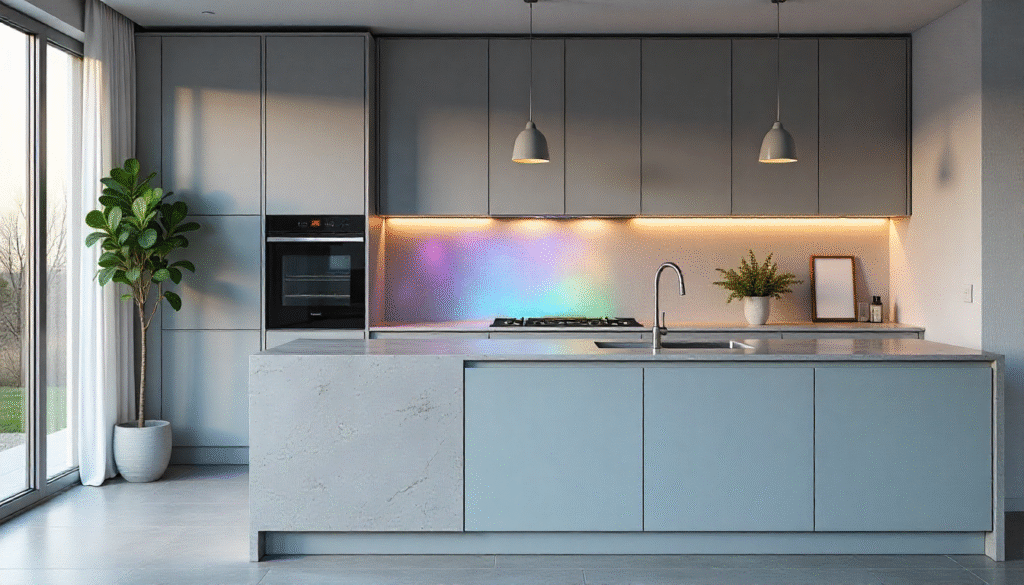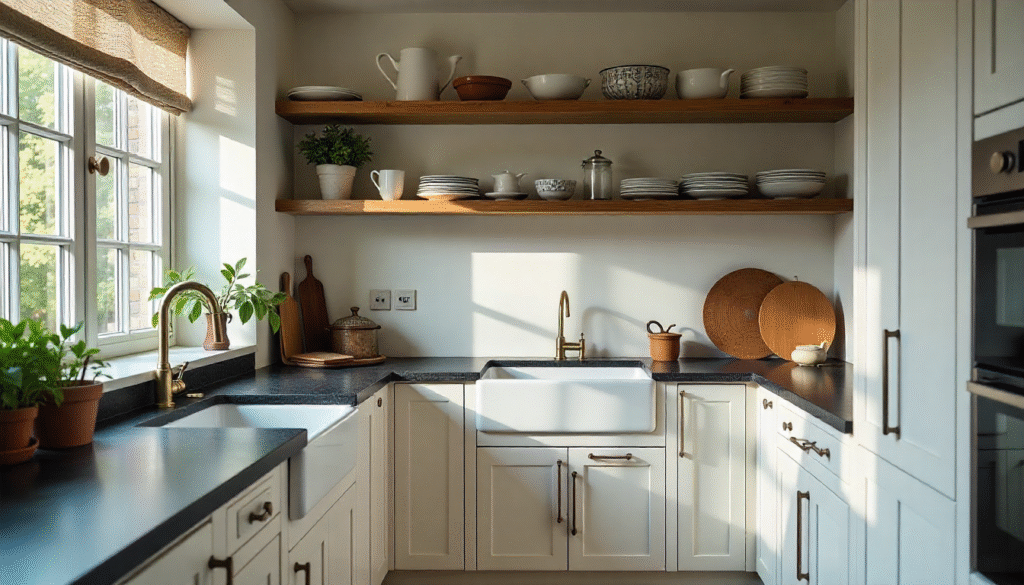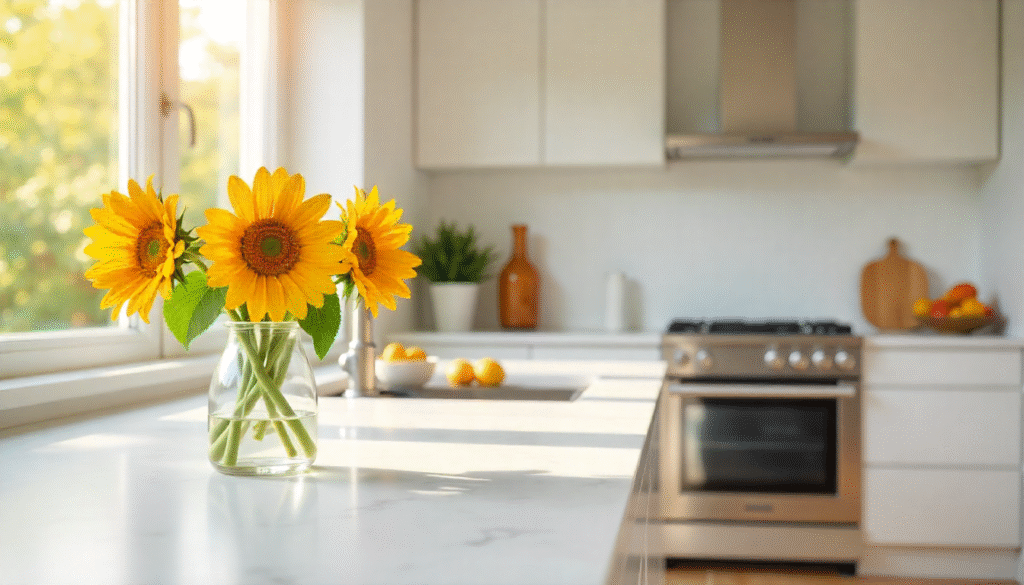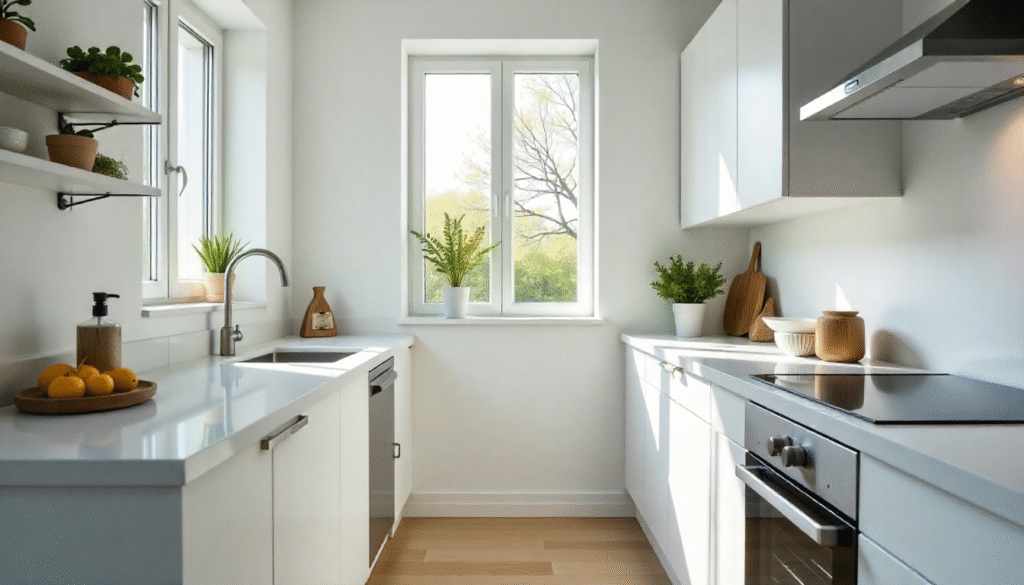Kitchen balance matters to ensure that there will always be efficiency within the space. There are many ways for home owners to ensure proper kitchen balance at all times. Read more to find out the best ways to do so.
Kitchen Balance Matters 1: Smart Zoning for Workflow Efficiency
Intelligent Zoning for Workflow One of the most efficient techniques to strike equilibrium in a kitchen is efficiency — that is, mixing utility with pleasure. Dividing your kitchen into set areas like preparation, cooking, washing, and storage lets you build a natural flow that saves time, lowers clutter, and makes every chore more intuitive.
Setting your prep area close to the refrigerator, for instance, and having cutting boards and knives within reach allows you to start cooking without needless steps. Having the cooking area near your prep area also enables a seamless transition from raw supplies to ready-to-cook dishes. Keeping cleaning equipment and the sink within a designated clean-up area lets you tidy up effectively without disturbing your cooking rhythm.
Careful placement of storage zones for both dry products and kitchen utensils should surround their appropriate functions: spices close to the stove, pots near the prepping surface, snacks within reach of the fridge. This systematic organisation helps to keep order even during the most hectic cooking sessions by avoiding backtracking. Beyond practicality, clever zoning provides mental clarity that lets you relish your time in the kitchen without the turmoil of misaligned arrangement or never-ending searches.
Whether you are planning a dinner for weekdays or hosting visitors, zoning transforms your kitchen into a well-oiled machine efficient, cozy, and pleasure to use. Smart zoning really is a lifestyle improvement that encourages comfort, flow, and pleasure in your daily kitchen experience; it’s not only a design approach.
Kitchen Balance Matters 2: Ergonomic Layout
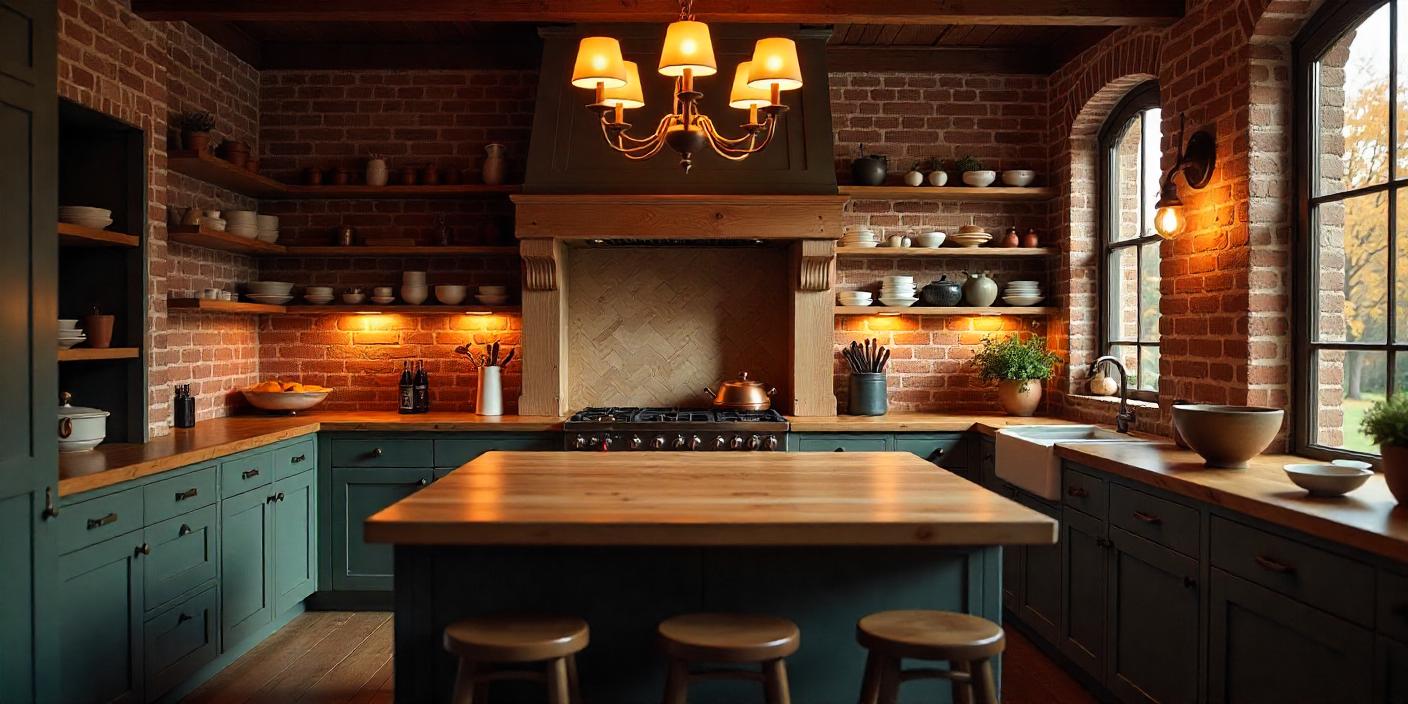
One of the most important means to get kitchen balance, fusing enjoyment with efficiency, an ergonomic design helps. An ergonomic kitchen arrangement essentially lets everyday chores to run smoothly by lowering unneeded movement and physical pressure.
Minimising wasted steps starts with using the kitchen work triangle — the ideal distance and placement among the sink, stove, and fridge. Countertop height is another important consideration; a typical height may not fit every person, hence adjusting it to your comfort level can help to avoid wrist and back stress. Storage should also be close at hand; no more reaching for heavy pots or stooping to locate pantry goods. Smarter, more user-friendly layouts result from pull-out drawers, rotating corner units, and wall-mounted shelving.
@ampquartzcabinets 🔧 Renovation Progress Vibe: 🎥 We’re building this just for you. From bare walls to a full dream home showroom 😍 Modern cabinets ✅ Hidden accessories ✅ You won’t believe the final look! #AmpQuartz #ShowroomVibes #BeforeAfter #HomeGoals #JohorHomeowners
♬ original sound – AmpQuartz – AmpQuartz
Furthermore, frequently used goods like knives, cutlery, and spices should be housed close to prep areas; dishes should be near the sink or dishwasher to simplify offloading. Even the type of flooring is important; anti-fatigue mats or cushioned surfaces can ease foot and leg pain during extended cooking periods. Good illumination above task areas encourages safety and lowers eye strain.
An ergonomic kitchen enhances enjoyment by supporting your body’s natural motions, not only faster task completion. From a stressful environment to a cozy, useful centre where cooking seems more of a joy than a duty, this careful design approach turns the kitchen. In the end, balance is really attained when the kitchen collaborates with you instead of against you.
Kitchen Balance Matters 3: Storage Without Clutter
The beginning of a well-balanced kitchen is effective storage; it declutters without sacrificing access. Every tool, gadget, and ingredient has its own designated place, hence the kitchen naturally gets more user friendly and efficient.
Giving open shelving, high cabinets, or even ceiling-mounted racks for pots and pans first priority is one major strategy. This opens priceless counter space while retaining accessibility to essentials. By providing quick access to items usually stored in deep cabinets, drawer organisers and pullout trays save time and annoyance during meal creation. For small kitchens, multipurpose furniture like islands with built-in storage or wall mounted folding tables can provide both utility and flexibility.
Hidden storage, such as toe kick drawers or cabinet inserts, helps maximise every inch without crowding the room. Maintaining visual simplicity is also essential; using matched jars for dry goods, tagging shelves, and picking closed cabinets instead of open ones can help to reduce visual complexity and encourage peace. Above all, regularly evaluate what you truly use. Giving or recycling rarely used goods keeps your surroundings organised and purposeful.
Naturally, equilibrium derives from a kitchen where storage supports you rather than obstructs you. You like the well-designed rhythm of a kitchen, cook surely, and move easily. Usability paired with deliberate design converts storage free from mess into a basis of kitchen harmony whereby pleasure and efficiency really go hand in hand.
Kitchen Balance Matters 4: Lighting That Works and Inspires
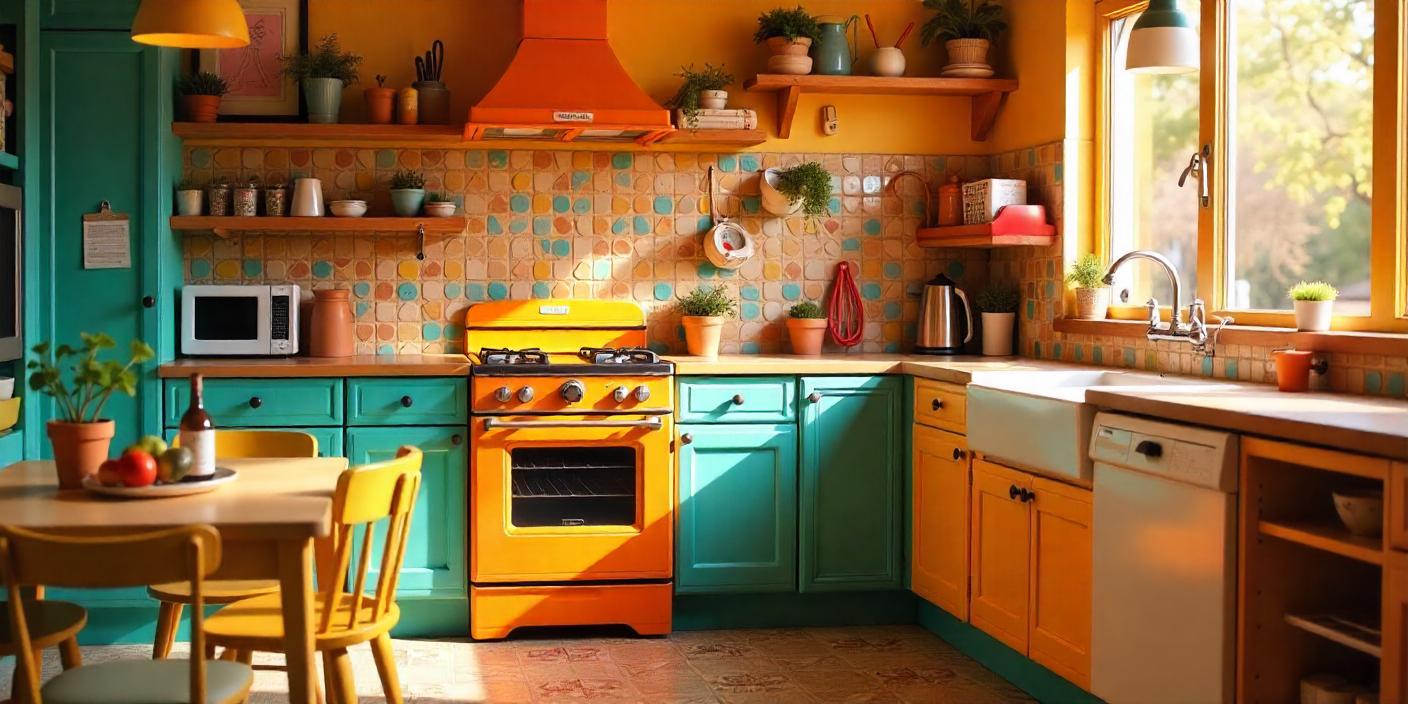
One of the main means of creating an aesthetically pleasing and functional kitchen is lighting. A well-illuminated kitchen helps to provide the proper ambiance while also serving practical purposes. First off, good task lighting is vital.
Installing under-cabinet lights or pendant lights over kitchen islands and counters helps to guarantee concentrated illumination where you slice, mix, and create meals, therefore lowering stress and increasing safety. Then ambient lighting establishes the general mood. Soft, warm ceiling lights or recessed luminaries offer general illumination that makes the kitchen friendly and cozy for both daily usage and social events. Accent lighting also adds character and flair.
@ampquartzcabinets Kalini shawroom baru kami banyak display design arch tau! 😍 #AmpQuartz #cabinetmaker #archdesign #johorbahru #fyp #fyppage
♬ original sound – AmpQuartz – AmpQuartz
Along toe kicks, within glass cabinets, or around shelves, LED strips draw attention to architectural details and add depth and warmth. Another important factor maximising sunshine via windows or skylights is balancing natural light with artificial sources, hence lowering dependency on electric lamps and giving the area more open and alive sensation. Further increasing flexibility, dimmers and smart lighting systems let you swiftly switch between strong task environments and gentler evening moods.
In the end, one’s goal is to reconcile action and emotion. A well-illuminated kitchen stimulates creativity, lowers tiredness, and provides comfort, therefore transforming it into a place where cooking is more of a pleasure and less of a burden. In the quest for kitchen balance, illumination transforms from a tool to a design component joining pleasure with utility.
Kitchen Balance Matters 5: Mindful Tech Integration
In the search of culinary balance, deliberate tech integration is essential in improving pleasure as well as productivity. Thoughtful choice of smart tools can simplify routines without sacrificing the warmth or usefulness of the kitchen rather than flooding the room with every new device.
For instance, motion sensor taps reduce water waste while offering convenience during messy cooking moments, and smart ovens or induction hobs provide precise temperature control for better culinary results. Voice-controlled assistants let cooks stay focused and engaged by helping them to handle recipes, grocery lists, and timers hands-free. But it’s wise not to fill the kitchen with too complicated systems that interrupt flow or provide a learning curve.
Making life easier is the objective, not more difficult. Tech should help the user, like builtin charging stations for gadgets, under cabinet lighting with sensors, or WiFi connected appliances allowing remote access, all of which can perfectly fit into the rhythm of the kitchen. Furthermore, choosing tech that fits the habits of the home guarantees it provides real value. While a minimalist cook may favour a sleek, programmable coffee maker, a hectic family might gain from a smart refrigerator that follows expiration dates.
In essence, good technology integration celebrates the fundamental functions of the kitchen: connection, food, and creativity. By purposefully embracing new ideas, homeowners may design a space that feels modern yet grounded — efficient yet emotionally inviting; therefore, demonstrating that technology and tradition may coexist peacefully in the centre of the house.
Sign Up For Kitchen Design Ideas
Join over 5,000 homeowners subscribed to our newsletter!



